Selecting the appropriate needle size for sewing is crucial to ensure smooth stitching and optimal results.
When working with 40-weight thread, a common choice for various sewing projects, including garment construction and quilting, using a needle within the range of 80/12 to 90/14 is recommended.
This needle size accommodates the medium thickness of the thread, allowing for precise stitching without causing tension or breakage issues.
The 40-weight thread, known for its versatility, provides a balanced combination of strength and flexibility.
Pairing it with the correct needle size ensures a seamless sewing experience, contributing to the overall success of your creative endeavors.
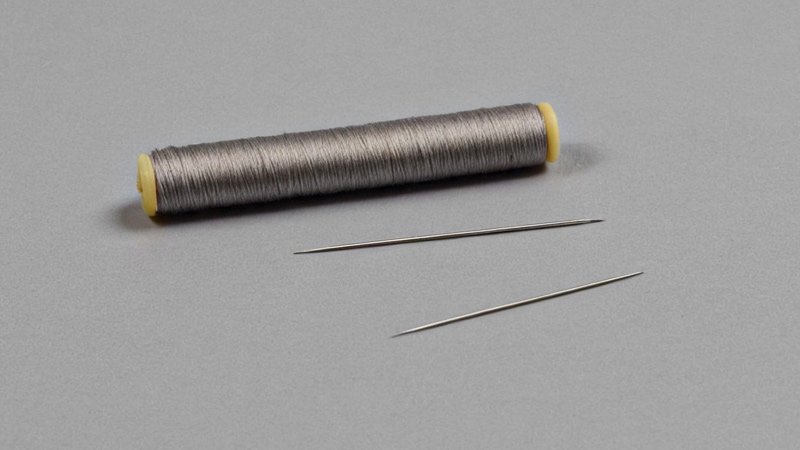
What Size Needle Is Used for 40 2 Sewing Thread?
When working with a 40/2 sewing thread, select a 90/14 size needle for this thread weight. This recommendation stems from the principle that the needle’s eye should be approximately 40% larger than the thread diameter.
This proportional match ensures smooth thread movement and minimizes the risk of friction-related issues.
However, for heavier threads like 30 wt or 12 wt, upgrading to a larger needle, specifically a #100/16, is advisable.
This adjustment accommodates the thicker thread, allowing for better penetration and reducing the likelihood of thread shredding or skipped stitches.
If you encounter challenges such as thread shredding or skipped stitches during sewing with 40/2 thread, a helpful troubleshooting step is to replace the needle with a new one, going up one size.
This simple adjustment can often resolve stitching issues, ensuring a more seamless and reliable sewing experience.
What Is 40 Weight Thread Used For?
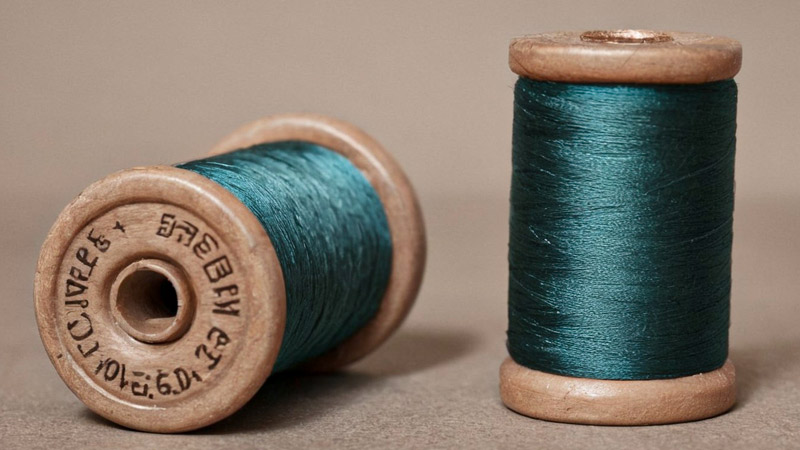
Thread weight refers to the thickness or diameter of a thread. In the context of sewing and textiles, a 40-weight thread is a medium-weight thread commonly used for various purposes.
Here are some typical applications for 40 weight thread:
Garment Construction
When it comes to garment construction, the 40-weight thread is fundamental. It strikes a balance between strength and flexibility, ensuring that the seams of shirts, pants, and dresses are secure and allow for the necessary movement and drape.
The medium weight of the thread contributes to the overall comfort of the garment, making it a staple choice for sewers working on a wide range of clothing items.
Quilting
In the realm of quilting, a 40-weight thread serves a dual purpose. This thread creates robust seams during the piecing process, holding together the various fabric pieces that form the quilt top.
Its versatility extends to the quilting stage, where it can secure the layers together without adding excessive bulk.
Quilters appreciate the 40-weight thread’s ability to balance strength and visibility, resulting in a well-constructed and visually appealing quilt.
Embroidery
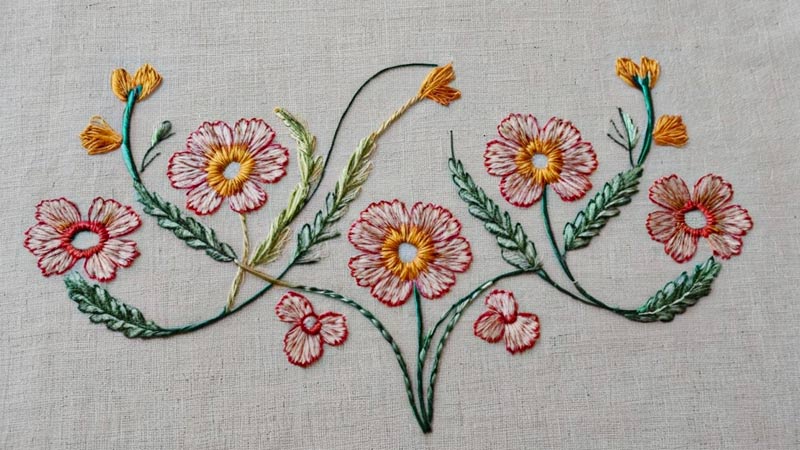
While finer threads are often associated with embroidery, the 40-weight thread has its niche in this realm.
Its slightly thicker nature provides more coverage, making it an excellent choice for designs that demand bold and defined stitches.
This is particularly advantageous for larger embroidery projects that aim to create eye-catching patterns with a pronounced presence.
Home Decor Projects
Home decor projects, ranging from curtains to pillow covers and upholstery, benefit from the stability and durability that 40-weight thread offers.
The medium weight ensures that the seams can withstand the rigors of daily use, providing longevity to functional items while maintaining a clean and polished finish.
This makes it a preferred choice for those looking to add a touch of craftsmanship to their living spaces.
Craft Projects
In the realm of crafting, versatility is vital. 40-weight thread is an adaptable companion, seamlessly handling various materials, including lightweight and medium-weight fabrics.
Whether you’re working on fabric-based crafts, DIY projects, or simple repairs, this thread weight provides the strength and reliability needed for a successful outcome.
Machine Quilting
Machine quilters find a 40-weight thread to be a reliable choice. Its compatibility with sewing machine needle and tension settings makes it a practical option for both topstitching and quilting with a machine.
The visible stitches it produces contribute to the overall aesthetic of the quilt, creating a cohesive and professionally finished product.
Serger/Overlocker Use
Sergers or overlock machines are crucial for finishing raw edges and adding decorative touches to fabrics.
The 40-weight thread, with its balanced thickness, smoothly integrates into these machines, producing neat and secure finishes.
Whether you’re working on garments or home decor items, using 40-weight thread in sergers ensures that the edges are tidy and reinforced for added durability.
What Is 30 Weight Thread Used For?
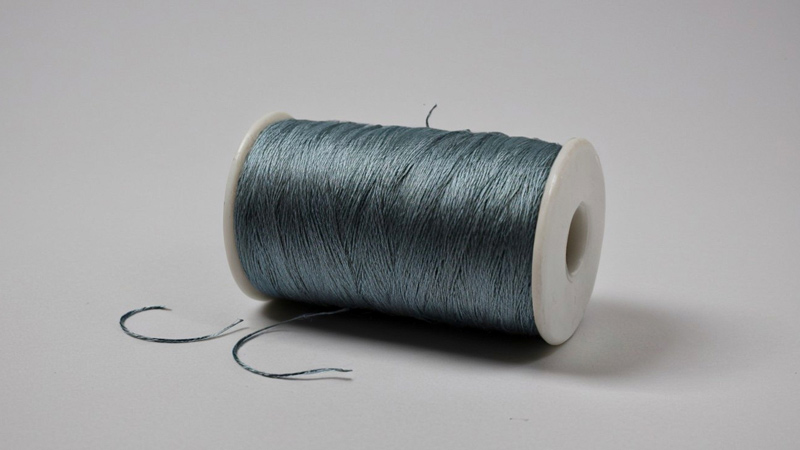
A 30-weight thread is a thicker thread compared to the standard 40-weight thread. The choice of thread weight depends on the specific requirements of the sewing project.
Here are typical applications for 30-weight threads:
Heavy Garment Construction
In heavy garment construction, where durability is paramount, 30-weight thread shines. When working with dense fabrics like denim or canvas, this thicker thread provides the necessary strength to withstand the stress associated with heavier materials.
Jackets, workwear, and outerwear benefit from the robust seams created by 30-weight thread, ensuring the longevity of the garments.
Topstitching
Topstitching serves both functional and decorative purposes in garment making. Using 30-weight thread in topstitching enhances the visual appeal of garments.
The thicker thread creates prominent and well-defined stitches, adding a decorative element to jeans, jackets, and other apparel. This technique strengthens seams and contributes to a polished and professional finish.
Leatherwork
Leatherwork demands a thread that matches the material’s density and toughness. 30-weight thread is an excellent choice for stitching leather goods such as belts, bags, and wallets.
Its thickness ensures that the stitches provide strength and durability, crucial factors when working with dense and resilient leather.
Heavy-Duty Quilting
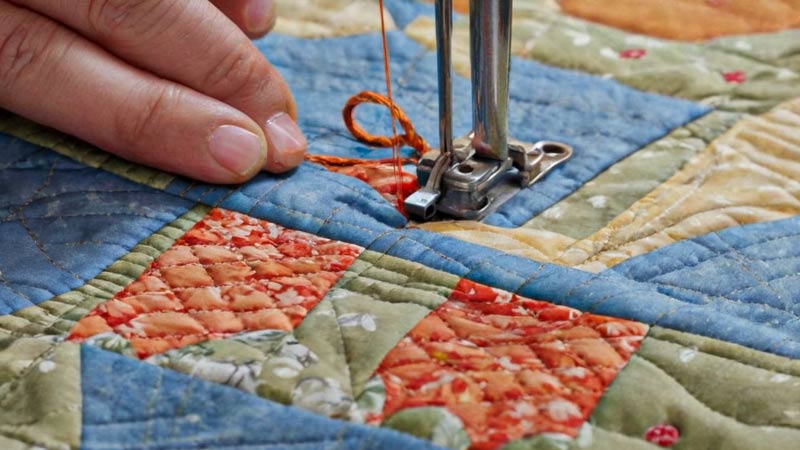
While lighter threads are more common in quilting, 30-weight threads are found in heavy-duty quilting projects.
The bolder and more distinct quilting lines created by this thicker thread are well-suited for projects where a pronounced stitching pattern is desired.
This is particularly effective in utility quilts or those meant for display, adding visual impact and durability.
Upholstery
Upholstery projects involve fabrics that undergo significant wear and tear. 30-weight thread becomes crucial in ensuring the sturdy construction of upholstered items.
Whether working with canvas, denim, or heavy upholstery fabrics, the thicker thread provides the necessary strength and resilience, ensuring that seams can withstand the rigors of furniture use over time.
Outdoor Gear
Outdoor gear, designed to endure harsh conditions, requires threads that offer strength and resistance to the elements.
In constructing backpacks, tents, and outdoor clothing, where durability is paramount, the 30-weight thread is an excellent choice. It contributes to the overall ruggedness of the gear, making it well-prepared for outdoor adventures.
Decorative Stitching
The thickness of the 30-weight thread makes it an ideal candidate for decorative stitching.
Whether embellishing home decor items, creating intricate patterns on fabric, or adding details to accessories, the bold and visible stitches produced by this thread weight enhance the aesthetic appeal of various projects.
Its versatility in decorative applications allows for creativity and customization.
Serging Heavy Fabrics
When serging or overlocking heavy fabrics, like those used in upholstery or outdoor gear, the 30-weight thread is a reliable choice.
It ensures that the serged edges are securely bound, providing a neat and clean finish and reinforcing the edges for fabrics that may experience substantial stress.
This is crucial in maintaining the integrity of the fabric and preventing fraying in heavy-duty applications.
FAQs
What Size Needle for 40 Weight Thread?
The recommended needle size for a 40-weight thread falls from 80/12 to 90/14.
This ensures optimal stitching performance, preventing tension issues and breakages while maintaining the thread’s medium thickness.
How Much Does a Sewing Needle Weigh?
Sewing needles are typically lightweight, and their weight is negligible for most sewing applications.
The focus is more on the size and type of needle, matching it to the thread and fabric for efficient and precise stitching.
What Size Needle for 30 Wt Thread?
When working with a 30-weight thread, it is advisable to use a needle within the range of 90/14 to 100/16.
To Recap
The choice of needle size when working with 40-weight thread is a critical factor influencing the outcome of sewing projects.
Opting for a needle within the 80/12 to 90/14 range ensures that the thread’s medium thickness is accommodated, promoting smooth and effective stitching. This careful pairing prevents tension issues and breakages, allowing for a seamless sewing experience.
Whether engaged in garment construction or quilting, the appropriate needle size enhances the versatility of the 40-weight thread, striking a balance between strength and flexibility.
Making informed decisions about needle selection contributes significantly to the success and quality of the finished product, reaffirming the importance of precision in the art of sewing.
Leave a Reply